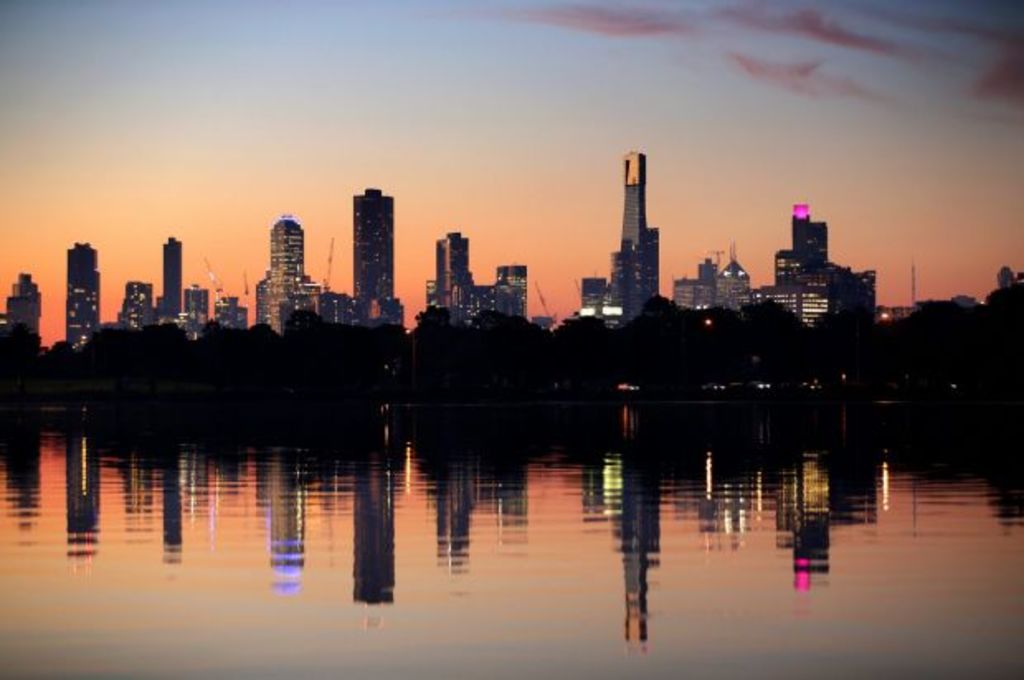Market heading towards 'equilibrium', Housing Industry Association claims

For the first time in 15 years supply and demand in the Australian housing market is nearing “equilibrium”, Australia’s peak residential building association claims.
The Housing Industry Association (HIA) has released its National Outlook for 2018, which shows the record levels of building activity over the past two years had finally made an impact, providing enough housing stock to meet current population growth in east-coast metropolitan areas.
HIA’s principal economist Tim Reardon said the building boom and restricted investor lending has relieved pressure on house prices, rentals and stock availability in the most popular states.
“The record supply of dwellings in Victoria and New South Wales is beginning to have an impact on prices. We’re seeing moderated growth and prices stabilising. Rental price growth won’t be as strong either, which is why investor activity is cooling in the market as well,” Mr Reardon said.
“The Victorian story is largely due to strong employment and population growth and the investment in infrastructure along a construction corridor.
“Meanwhile the New South Wales story is highlighted by a very strong first-home buyer participation rate thanks to government’s stamp duty changes and ARPA’s tightened lending measures.”
Australia’s building activity is coming down from record highs in 2016 with more than 230,000 dwellings under construction and activity is expected to cool by about 11 per cent in the next year and half, according to HIA.
“We expect a pause until the current set of apartments clear the market. The next wave of investment and construction won’t happen until stock clears,” Mr Reardon said.
But senior manager at BIS Oxford Economics Angie Zigomanis warned that it’s a fine balancing act and a downturn in activity could create supply problems down the track.
“The total dwelling activity will bottom out at fairly high levels still compared to previous cycles because of the strong projection of population growth. If it falls away for too long you have a situation where the market tightens up again,” Mr Zigomanis said.
He said another concern was the ongoing effects of the Australian Prudential Regulation Authority’s clampdown on risky investor lending, which could impact the supply of rental properties.
But economist at IFM Investment Alex Joiner disagreed as he said APRA regulations would have a “stabilising impact” by reducing risky investors in the market.
“I think it’s an optimistic view that housing construction won’t decline in 2018 and into 2019. Additionally, once interest rates start to rise construction levels in the residential sector decline,” Mr Joiner said.
“We’ll certainly see a softening of activity once it becomes clear that the RBA will raise interests rates.”
Overall, HIA forecasted pent up demand in these popular east-coast markets will continue to soak up stock with population growth on track to rise. But it’s a different story for Western Australia, which is still recovering from the mining bust.
“It will take a long time to pull out of the current downturn in WA. The reason is largely to do with investment and the impact of population. There’s been a large exodus of workers back to the east coast and there’s nothing employment-wise to attract them back,” Mr Reardon said.
“Conditions are stabilising as they’ve reached the bottom of the cycle but it will be a very slow recovery.”
The report also analysed the ACT government’s long-term plan to abolish stamp duty altogether. Mr Reardon said it’s a legislative change that other states should follow to remove the “expensive, ineffective tax burden” of moving and buying the right property. The HIA has long campaigned for a broad-based land tax to replace stamp duty.
We recommend
We thought you might like
States
Capital Cities
Capital Cities - Rentals
Popular Areas
Allhomes
More







